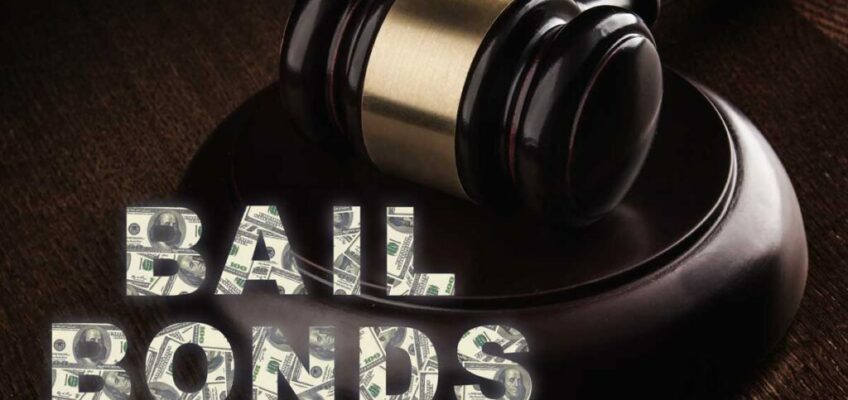Breaking Down Bail Bond Fees: The Price is (Not Always) Right!
Bail bonds can be a confusing and daunting topic, especially when it comes to the fees associated with them. It’s like trying to decipher a secret code written in a different language. But fear not, my dear reader, for I am here to break it down for you in a way that even a first-grader could understand (hopefully). So grab your cup of coffee, sit back, and let’s dive into the world of bail bond fees!
Breaking Down Bail Bond Fees
First things first, let’s define what a bail bond fee actually is. When someone is arrested, they may be given the option to post bail, which is a sum of money paid to the court as a guarantee that the defendant will show up for their court date. However, not everyone can afford to pay the full amount of bail upfront, which is where a bail bondsman comes in. A bail bond is essentially a loan provided by a bail bondsman to cover the cost of bail. But, of course, this comes with a fee, which is typically around 10% of the total bail amount.
Now, let’s break down that fee a bit further. The bail bond fee is non-refundable and is considered payment for the services provided by the bail bondsman. This fee is also regulated by the state, meaning that bail bondsmen cannot charge more or less than the set percentage (usually around 10%). However, there may be additional fees tacked on, such as a processing fee or a fee for using a credit card to pay. It’s important to read the fine print and ask questions to ensure that you understand exactly what you’re paying for.
The Shocking Truth About Bail Bonds
Now, here’s where things can get a bit tricky. The bail bond fee may seem like a small price to pay to get someone out of jail, but it’s important to remember that it’s still a loan that needs to be paid back. If the defendant does not show up for their court date, the bail bondsman is responsible for paying the full amount of bail to the court. In this case, the bail bondsman may send a bounty hunter after the defendant to bring them back to court and recoup their losses.
Additionally, there may be other fees and expenses associated with posting bail, such as travel expenses or collateral. Collateral is something of value that is given to the bail bondsman as a guarantee that the defendant will show up in court. This could be anything from a car to a piece of jewelry. If the defendant fails to show up for court, the bail bondsman has the right to seize the collateral as payment.
In conclusion, while bail bond fees may seem straightforward, there are a lot of factors to consider when deciding to use a bail bondsman. It’s important to read the fine print, ask questions, and understand exactly what you’re paying for. And remember, if you or someone you know is facing the possibility of posting bail, it’s always a good idea to consult with a lawyer to ensure that you are making the best decision for your specific situation. Now, go forth and conquer the confusing world of bail bonds with confidence!
Article by:
AA Best Bail Bonds
2501 Airport Fwy.
Fort Worth, TX 76111
Phone: 817-831-3700






